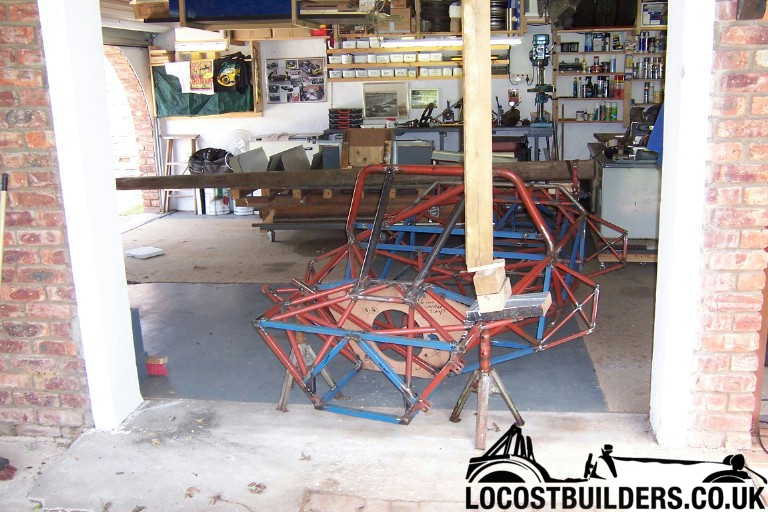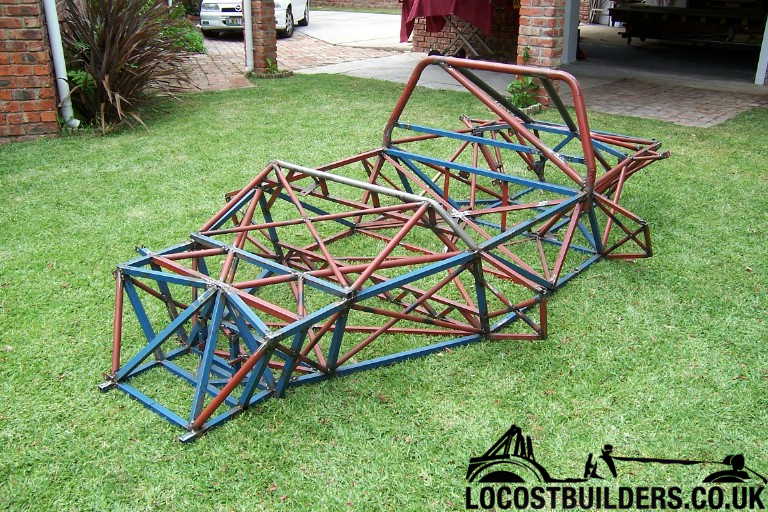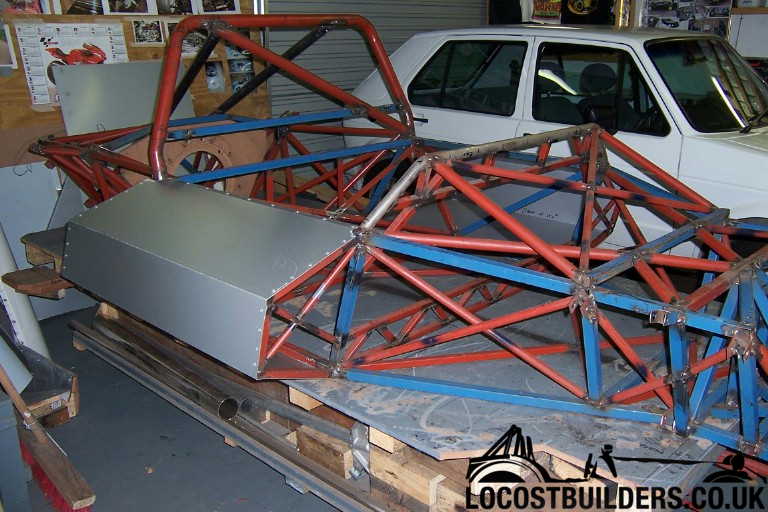Hello All,
If this is not the correct forum I apologize.
Just wondering why replica mfg's. don't advertise their chassis torsional stiffness. Seems to me it would be a great selling point. I have searched and found (I could be wrong) that only Bailey Edwards releases this figure openly on its website. They post 11,500nm per. deg. Considering that the 1969 T70 IIIB coupe monocoque came in at 5000 ft. lb. per deg. or 6779nm per deg., Bailey Edwards looks pretty good.
(Lola figures taken from John Starkey's book, "Lola T70" , from a 1969 IIIB Lola spec. sheet, ref. pg. 93)
I was expecting higher numbers on the order of 10000 ft. lbs. per degree or 13560nm
Please don't take this the wrong way ANYONE, but could it be that in GENERAL GT40 replica chassis are not very stiff, ie. the lack of posted figures. Or if they are, what are the numbers ?
Respectfully,
Scott
If this is not the correct forum I apologize.
Just wondering why replica mfg's. don't advertise their chassis torsional stiffness. Seems to me it would be a great selling point. I have searched and found (I could be wrong) that only Bailey Edwards releases this figure openly on its website. They post 11,500nm per. deg. Considering that the 1969 T70 IIIB coupe monocoque came in at 5000 ft. lb. per deg. or 6779nm per deg., Bailey Edwards looks pretty good.
(Lola figures taken from John Starkey's book, "Lola T70" , from a 1969 IIIB Lola spec. sheet, ref. pg. 93)
I was expecting higher numbers on the order of 10000 ft. lbs. per degree or 13560nm
Please don't take this the wrong way ANYONE, but could it be that in GENERAL GT40 replica chassis are not very stiff, ie. the lack of posted figures. Or if they are, what are the numbers ?
Respectfully,
Scott



